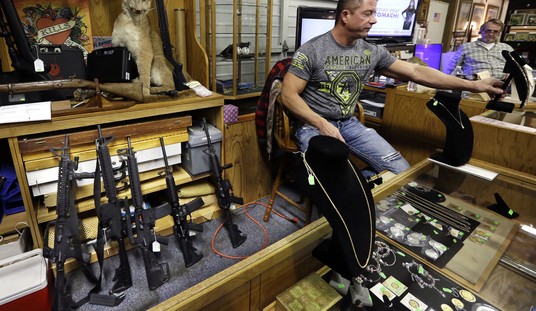America’s southern neighbor is beset with problems. It’s close to being a failed narco-state. It’s not as bad as Afghanistan, obviously, but there are parts of the country that are lawless, where the State has a nominal presence but is absent in performing its duties.
One of the horrors of the past decade was the mass kidnapping of 43 student-teachers in Iguala, Mexico, in 2014. This made international news for obvious reasons, but the case has essentially been cold for almost a decade. The New York Times reported some shocking details about this case over the weekend (archived links):
Why Did a Drug Gang Kill 43 Students? Text Messages Hold Clues.
By Natalie Kitroeff and Ronen BergmanMEXICO CITY — It is perhaps Mexico’s most notorious cold case — 43 college students shot at by police, forced into patrol cars, handed over to a drug cartel and never seen again.
The mystery has haunted the nation for nearly a decade. How could a relatively unknown gang pull off one of the worst atrocities in Mexico’s recent history, with the help of the police and the military watching the mass abduction unfold in real time?
A vast trove of about 23,000 unpublished text messages, witness testimony and investigative files obtained by The New York Times point to an answer: Just about every arm of government in that part of southern Mexico had been secretly working for the criminal group for months, putting the machinery of the state in the cartel’s hands and flattening any obstacle that got in its way.
The police commanders whose officers snatched many of the students that night in 2014 had been taking direct orders from the drug traffickers, the text messages show. One of the commanders gave guns to cartel members, while another hunted down their rivals on command.
The military, which closely monitored the abduction but never came to the students’ aid, had been showered with cartel bribes, too. In the text messages, which were caught on wiretaps, traffickers and their collaborators griped about the soldiers’ endless greed, calling them “whores” who they had “in the bag.”
One lieutenant even armed gunmen connected to the cartel and, a witness said, helped police try to cover up their role in the crime after the students were kidnapped and killed.
[…] Far beyond buying individual favors, the cartel, known as Guerreros Unidos, had effectively turned public officials into full-blown employees. […] One of the emergency responders who rushed to the scene of the mass abduction that night had an unofficial second job — gathering intelligence for the cartel. For months, the wiretaps capture him sending minute-by-minute updates on law enforcement’s moves to a Guerreros Unidos leader he called “boss.”
A coroner also did the cartel’s bidding, sending photos of corpses and evidence at crime scenes, the messages show.
After killing some of the students, the traffickers incinerated the bodies in a crematory owned by the coroner’s family, investigators say. […]
Army intelligence officials were also listening. They were spying on a cartel boss and a police commander as they discussed where to take some of the students that night, military documents show.
And days after the attack, the army knew the location of two suspects talking about releasing students who, investigators say, may have still been alive.
This level of corruption in the Mexican nation-state bodes poorly not just for the Mexican people but also for the United States. A failed neighboring state can cause all sorts of headaches for a country. Look to Afghanistan for examples, whose lawlessness impacted not just its immediate neighbors but also countries further away, like India, with the infamous hijacking of Flight 814, the bombing of the World Trade Center in 1993, and then the 9/11 attacks.
Another important thing to note is the Mexican government’s complete hypocrisy with its lawsuit against American gun manufacturers, which we have covered in depth before. Mexico needs to clean up its own mess before it points fingers at anyone else.
We also cannot forget the American gun control movement, whose actors are colluding with a foreign nation-state to undermine and destroy Americans’ civil liberties. It’s not just private gun control groups but some American states which are backing Mexico. It’s hard to think of nice words to describe someone whose behavior is like that of a certain historical figure.
This New York Times article demonstrates yet again that the lawful ownership and commerce of guns by Americans has nothing to do with Mexican crime and violence. I wouldn’t bet on gun controllers admitting that, though.









Join the conversation as a VIP Member